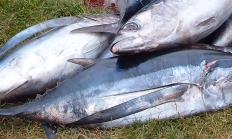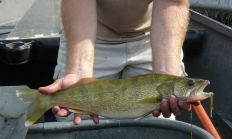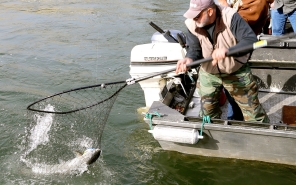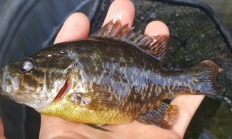ODFW Fish Screens Task Force and Fish Passage Task Force will meet virtually Dec. 5
SALEM, Ore.—Oregon's Fish Screens Task Force and Fish Passage Task Force will meet jointly Friday, Dec. 5 from 8 a.m. to 12:30 p.m. online. The meeting will be open to the public. Members of the public who are interested in the meeting are encouraged to attend in person or participate virtually. The…
















